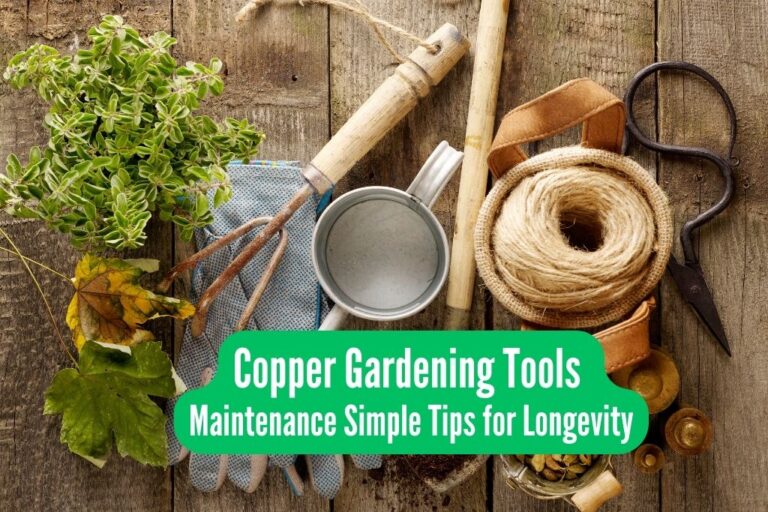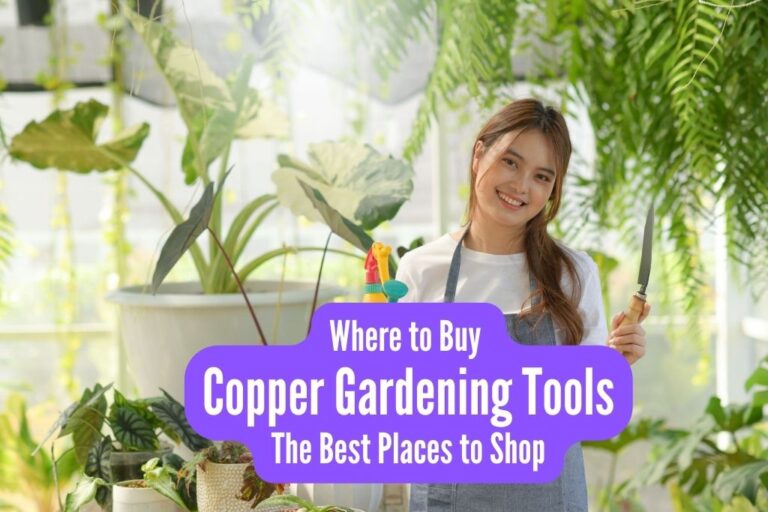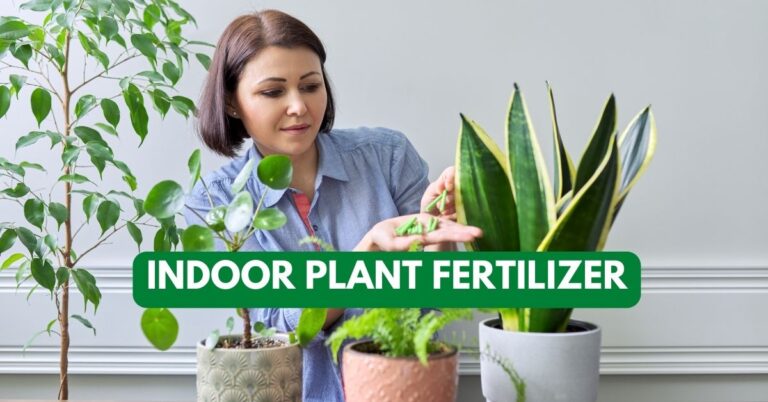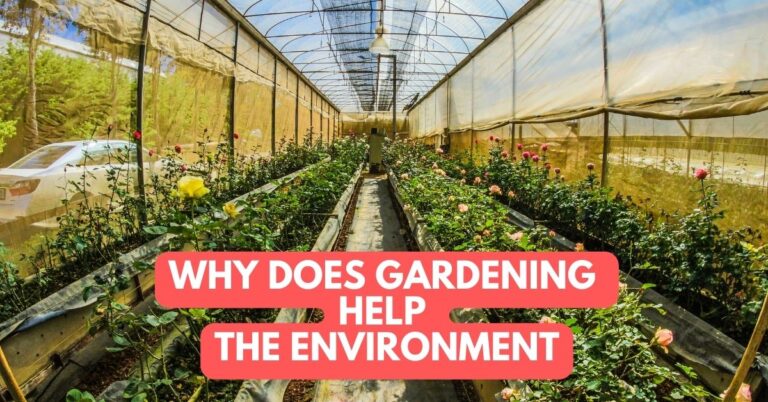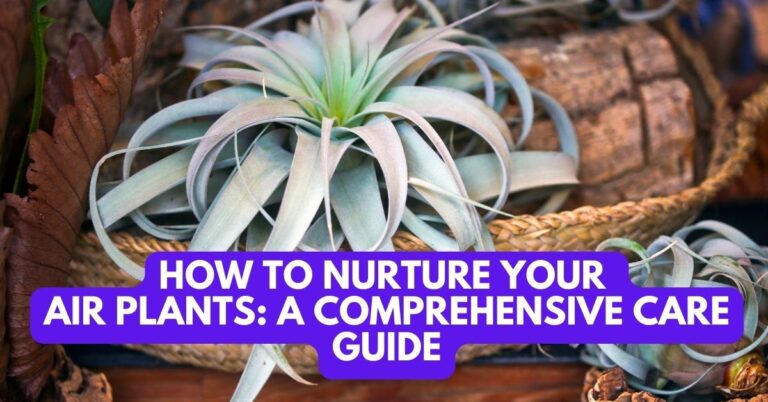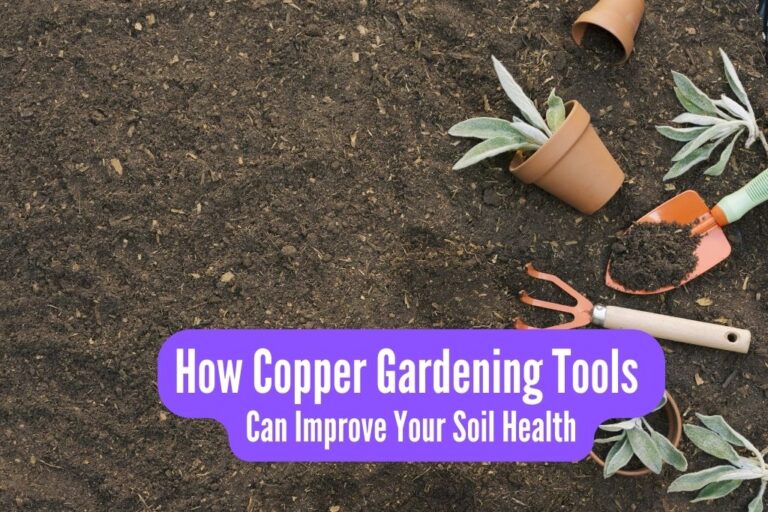Small Space Gardening: Transform Tiny Areas into Lush Retreats
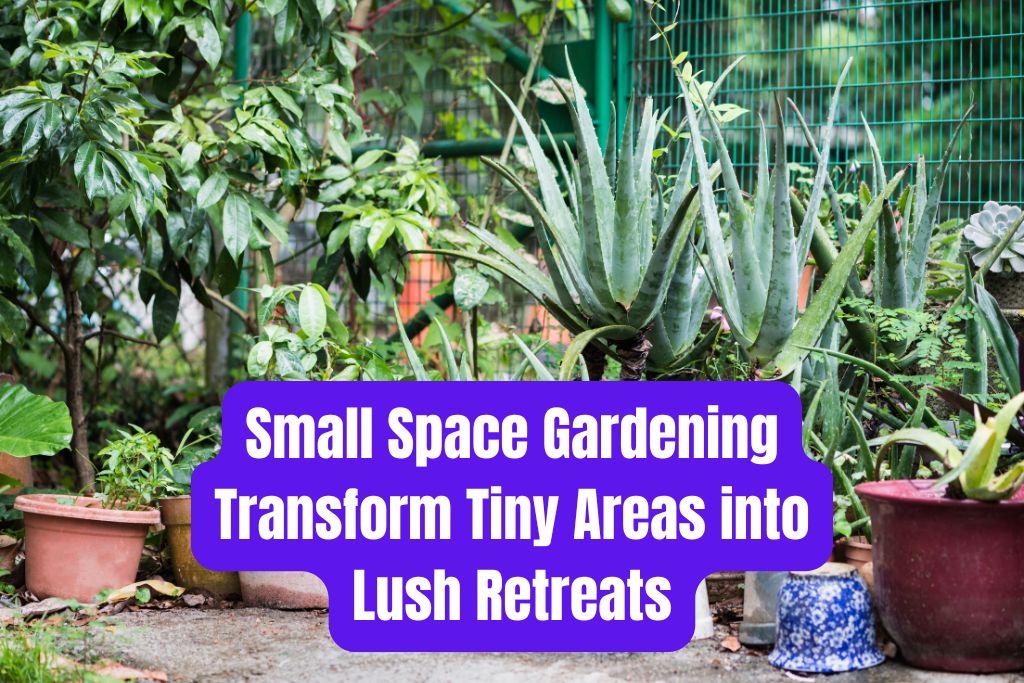
Small-space gardening maximizes limited areas to grow plants efficiently. It transforms balconies, patios, and small yards into green oases.
Small-space gardening offers a practical solution for urban dwellers with limited outdoor areas. This method employs creative techniques like vertical, container, and raised beds to make the most of available space. Using these strategies, even a tiny balcony can become a lush, productive garden.
Small-space gardening not only enhances the aesthetic appeal of a home but also provides fresh herbs, vegetables, and flowers. With the right planning and plant selection, anyone can cultivate a thriving garden, regardless of space constraints. This approach encourages sustainable living and brings nature closer to home, improving overall well-being. 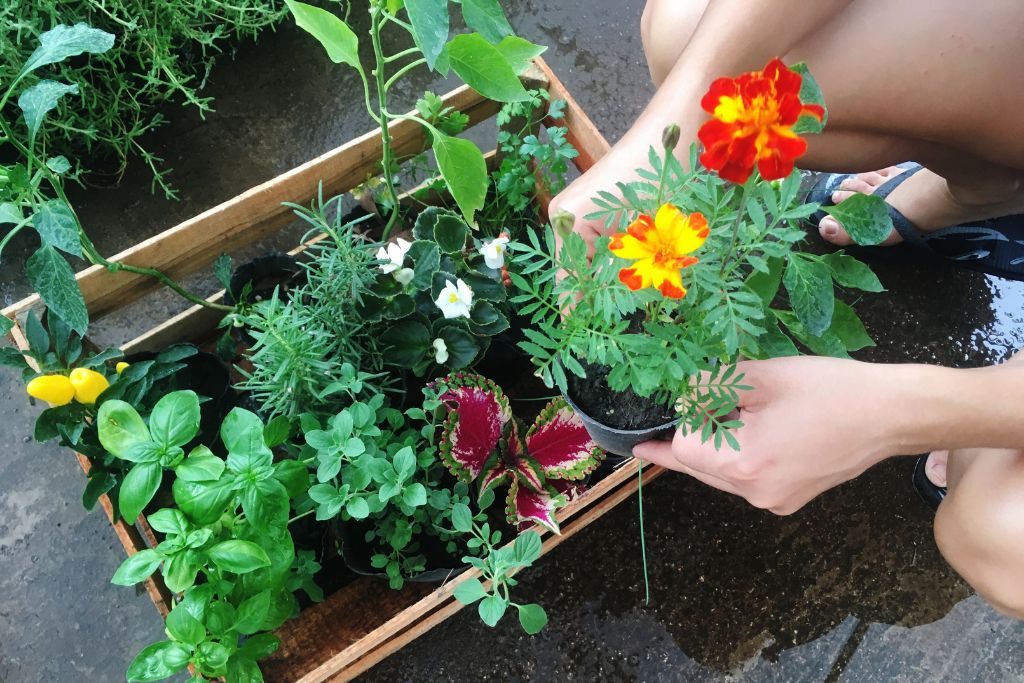
Benefits Of Small Space Gardening
Small space gardening offers numerous benefits that make it an attractive option for urban dwellers and those with limited outdoor space. Whether you’re cultivating a few herbs on a windowsill or maintaining a small balcony garden, the rewards go beyond just the fresh produce. Let’s explore some of the key benefits of small space gardening.
Health Advantages
Small space gardening can greatly improve your health. It provides an easy way to stay active and reduce stress. Here are some of the health advantages:
- Physical Activity: Gardening is a great way to get moderate exercise. Activities like digging, planting, and watering help keep your body moving.
- Mental Well-being: Being around plants can reduce stress and improve your mood. The act of nurturing plants can be very calming.
- Fresh Produce: Growing your own vegetables and herbs means you have access to fresh, nutritious food. This can improve your diet and overall health.
According to a study by the American Society for Horticultural Science, gardening can reduce symptoms of depression and anxiety. Here’s a quick look at the physical and mental benefits:
| Physical Benefits | Mental Benefits |
|---|---|
| Improves flexibility | Reduces stress |
| Increases strength | Enhances mood |
| Boosts cardiovascular health | Increases mindfulness |
Environmental Impact
Gardening in small spaces can also have a positive impact on the environment. Here are some of the environmental benefits:
- Reduced Carbon Footprint: Growing your own food means fewer trips to the grocery store. This reduces fuel consumption and greenhouse gas emissions.
- Conserves Water: Small gardens often use less water compared to larger gardens. You can also use rainwater to water your plants.
- Supports Biodiversity: Even a small garden can attract beneficial insects and birds. This helps support local ecosystems.
Small space gardening can also help reduce waste. You can compost kitchen scraps and use them to enrich your soil. Here is a brief comparison of the environmental benefits:
| Benefit | Impact |
|---|---|
| Reduced Carbon Footprint | Less fuel consumption |
| Water Conservation | Lower water usage |
| Biodiversity Support | Attracts beneficial insects |
| Waste Reduction | Less kitchen waste |
By choosing to garden in small spaces, you contribute positively to the environment. You make a significant difference by conserving resources and supporting local wildlife.
Choosing The Right Plants
Small space gardening can be a rewarding experience. Even with limited space, you can still grow a variety of plants. Choosing the right plants is key to maximizing your garden’s potential. You’ll want to select plants that thrive in small spaces and offer high yields. This ensures you get the most out of your gardening efforts.
Best Vegetables
Growing vegetables in a small space can be highly productive. Some vegetables adapt well to containers and small gardens. Here are some of the best options:
- Tomatoes: Cherry tomatoes are perfect for small spaces. They grow well in pots and hanging baskets.
- Lettuce: Leafy greens like lettuce can be grown in small containers. They also grow quickly.
- Peppers: Both sweet and hot peppers do well in pots. They need plenty of sunlight.
- Radishes: These grow fast and don’t need much room. Perfect for small gardens.
- Green Beans: Pole beans can be grown vertically, saving ground space.
Here is a table summarizing the best vegetables for small space gardening:
| Vegetable | Container Size | Sunlight Needed |
|---|---|---|
| Tomatoes | 5 gallons | Full Sun |
| Lettuce | 1 gallon | Partial Sun |
| Peppers | 3 gallons | Full Sun |
| Radishes | 1 gallon | Partial Sun |
| Green Beans | 4 gallons | Full Sun |
Ideal Herbs
Herbs are perfect for small spaces. They can thrive in pots, window boxes, or even hanging planters. Here are some ideal herbs to consider:
- Basil: A versatile herb that grows well in containers. It loves the sun.
- Mint: Mint spreads quickly, so a pot is ideal. It prefers partial shade.
- Thyme: This herb is drought-tolerant and perfect for small pots.
- Chives: Chives grow well in small containers. They need plenty of light.
- Parsley: Both curly and flat-leaf parsley do well in pots. They prefer partial sun.
Here is a table summarizing the ideal herbs for small space gardening:
| Herb | Container Size | Sunlight Needed |
|---|---|---|
| Basil | 1 gallon | Full Sun |
| Mint | 1 gallon | Partial Shade |
| Thyme | 1 gallon | Full Sun |
| Chives | 1 gallon | Full Sun |
| Parsley | 1 gallon | Partial Sun |
Container Gardening Basics
Small space gardening allows you to grow plants in tight areas. One of the best methods is container gardening. This method uses pots and containers to grow plants. It’s perfect for balconies, patios, and small yards. Let’s dive into the basics of container gardening.
Selecting Containers
Selecting the right container is crucial. The container size impacts plant growth. Small pots limit root space, while large pots support larger plants. Here are some tips for selecting containers:
- Material: Choose containers made of plastic, clay, or metal. Each has pros and cons. Plastic is light and cheap. Clay looks nice but can be heavy.
- Size: Ensure the container is big enough for the plant’s root system. Small pots dry out quickly. Large pots need more soil.
- Shape: Round pots work for most plants. Tall, narrow pots suit deep-rooted plants.
- Drainage Holes: Containers must have drainage holes. This prevents water from pooling and roots from rotting.
| Container Type | Pros | Cons |
|---|---|---|
| Plastic | Lightweight, inexpensive, retains moisture | Can crack in cold weather, may fade in sun |
| Clay | Attractive, breathable for roots | Heavy, can break easily, dries out fast |
| Metal | Durable, modern look | Heats up quickly, can rust |
Soil And Drainage
Soil quality is key for container gardening. Use potting soil, not garden soil. Potting soil is lighter and drains well. Here are some tips for choosing soil:
- Ingredients: Look for soil with peat moss, perlite, and vermiculite. These help retain moisture and improve drainage.
- Nutrients: Some potting soils come with added fertilizers. These provide essential nutrients for plant growth.
Good drainage is essential. Without it, plant roots can rot. Ensure your container has holes at the bottom. You can also add a layer of gravel or small stones at the bottom. This helps excess water escape. Here’s how to ensure proper drainage:
- Choose containers with drainage holes.
- Add a layer of gravel at the bottom.
- Use quality potting soil.
- Water plants consistently but avoid overwatering.
Follow these tips to maintain healthy plants in your container garden.
Vertical Gardening Techniques
Small space gardening can be a challenge. Vertical gardening techniques offer a solution. These techniques allow you to grow plants upward. This saves space and makes your garden look beautiful. Vertical gardens can be created using wall planters and hanging gardens. Let’s explore these methods in detail.
Wall Planters
Wall planters are perfect for small spaces. They use vertical space to grow plants. You can mount planters on any wall. This creates a green wall that looks amazing. Here are some tips for using wall planters:
- Choose lightweight planters.
- Ensure the wall can support the weight.
- Select plants suited for vertical growth.
- Use good quality soil and compost.
Wall planters come in various materials. These include plastic, metal, and ceramic. Each has its advantages. For example, plastic planters are lightweight and durable. Metal planters are sturdy and stylish. Ceramic planters add a touch of elegance. Below is a table that compares these materials:
| Material | Advantages | Disadvantages |
|---|---|---|
| Plastic | Lightweight, Durable | Can fade in sunlight |
| Metal | Sturdy, Stylish | Can rust over time |
| Ceramic | Elegant, Decorative | Heavy, Fragile |
Wall planters can be arranged in various patterns. This adds an artistic touch to your garden. You can create rows, grids, or random patterns. The choice depends on your style.
Hanging Gardens
Hanging gardens are another great option. They allow you to grow plants in hanging pots. This makes use of vertical space efficiently. Hanging gardens can be placed on balconies, patios, or indoors. Here are some tips for creating hanging gardens:
- Use strong hooks and brackets.
- Choose lightweight pots.
- Water plants carefully to avoid spills.
- Select trailing plants for a lush look.
Hanging gardens can be made with various types of pots. These include plastic, metal, and fabric pots. Each type has its benefits. For example, fabric pots are lightweight and allow good airflow. Plastic pots retain moisture well. Metal pots are durable and stylish. Below is a table comparing these types:
| Type | Advantages | Disadvantages |
|---|---|---|
| Plastic | Retains moisture, Durable | Can become brittle over time |
| Metal | Durable, Stylish | Can rust, Heavy |
| Fabric | Lightweight, Good airflow | Can dry out quickly |
Hanging gardens can be arranged in different styles. You can hang pots at different heights. This creates a cascading effect. You can also use macrame hangers for a boho look. Be creative and have fun with your hanging garden.
Maximizing Sunlight
Small space gardening can be a rewarding and efficient way to grow plants, even if you don’t have a big backyard. One crucial aspect of small space gardening is maximizing sunlight. Proper sunlight is essential for plant growth and health. By making the most out of the available light, you can create a thriving garden in a limited space.
Identifying Sunlight Patterns
To maximize sunlight, first identify the sunlight patterns in your garden space. Observe how sunlight moves across your area throughout the day. Here are some steps to help you:
- Morning: Check where the sun rises and which parts of your garden get the early light.
- Midday: Note where the sun is at its highest point and which areas receive the most intense light.
- Afternoon: Observe the areas that get the late afternoon sun as the sun sets.
Consider keeping a sunlight diary for a week. Record the following details:
| Time of Day | Area in Sunlight | Duration of Sunlight |
|---|---|---|
| Morning | East side | 3 hours |
| Midday | Center | 5 hours |
| Afternoon | West side | 4 hours |
Using this information, place your plants in the best spots. Plants that need more light should go in areas with the most sunlight. Shade-loving plants can be placed in less sunny spots. This way, every plant gets the light it needs to thrive.
Using Reflective Surfaces
Reflective surfaces can help maximize the available sunlight in your small garden. They bounce light into shaded areas, ensuring all plants get enough light. Here are some ideas:
- Mirrors: Place mirrors on walls or fences to reflect sunlight onto shaded spots.
- Aluminum Foil: Wrap cardboard with aluminum foil and place it around plants to direct sunlight.
- White Paint: Paint walls or pots white to reflect more light.
Consider creating simple reflective panels using aluminum foil and cardboard. Here’s a quick guide:
- Cut a piece of cardboard to the desired size.
- Wrap it tightly with aluminum foil.
- Place the panel near plants that need more light.
Using reflective surfaces can be very effective in small spaces. They ensure that every plant gets its share of sunlight. This method is simple, cost-effective, and highly beneficial for your garden’s growth. 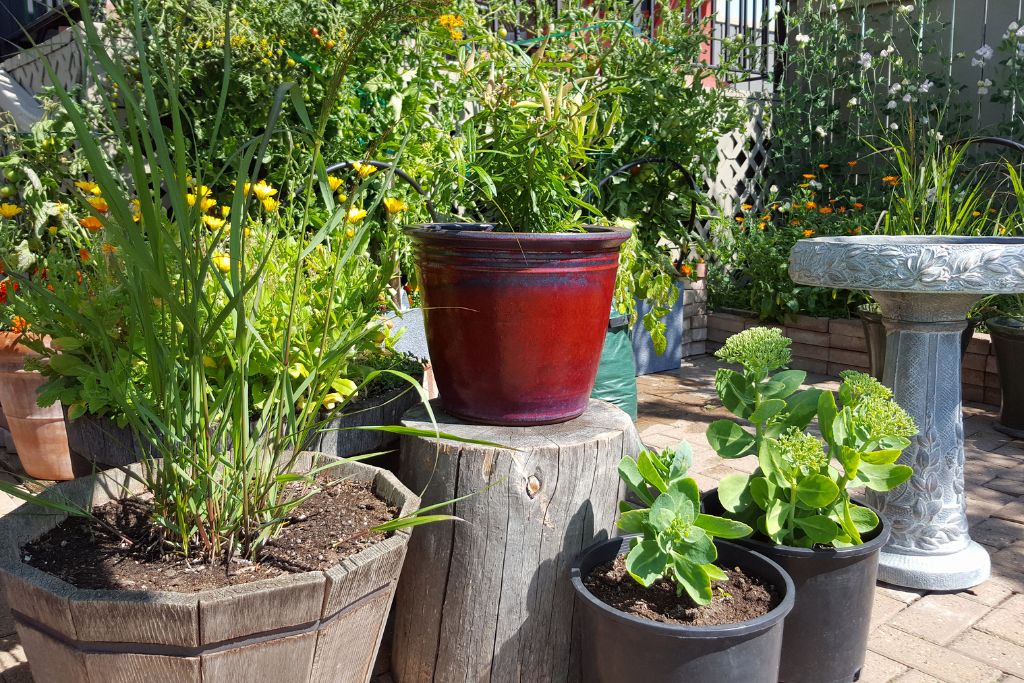
Watering Strategies
Gardening in small spaces can be a rewarding experience. Efficient watering strategies ensure your plants stay healthy. In small gardens, water management becomes crucial. It helps in conserving resources and maintaining plant health.
Efficient Watering
Efficient watering is key to a thriving small garden. Overwatering can lead to root rot. Underwatering can stress plants. Here are some tips for efficient watering:
- Water in the morning – Plants absorb water better in the morning. This reduces evaporation.
- Use a watering can – A can helps control the amount of water. It prevents overwatering.
- Drip irrigation – This method delivers water directly to the roots. It minimizes water wastage.
- Mulching – Mulch retains soil moisture. It reduces the need for frequent watering.
Consider the type of plants. Some plants need more water, while others require less. Here’s a quick guide:
| Plant Type | Water Requirement |
|---|---|
| Succulents | Low |
| Herbs | Moderate |
| Leafy Greens | High |
Check the soil moisture regularly. Insert your finger into the soil. If it feels dry, it’s time to water.
Rainwater Collection
Rainwater collection is an eco-friendly way to water your garden. It saves money and conserves water. Here are some tips for collecting rainwater:
- Install a rain barrel – Place it under a downspout. It collects runoff from your roof.
- Use a screen – A screen prevents debris from entering the barrel.
- Cover the barrel – This prevents mosquitoes from breeding.
Rainwater is excellent for plants. It’s free of chemicals found in tap water. Use it to water your garden during dry spells. Here’s a quick setup guide:
- Choose a rain barrel – Ensure it has a spigot at the bottom.
- Position the barrel – Place it on a level surface. Elevate it if possible.
- Connect the downspout – Redirect it into the barrel.
- Secure the connections – Ensure there are no leaks.
Monitor the water level. Use a watering can or a hose attachment to access the water. Rainwater collection reduces your dependence on municipal water. It’s beneficial for your plants and the environment.
Pest Management
Small space gardening offers the joy of growing your own plants, even in limited areas. Yet, pests can quickly ruin your efforts. Effective pest management ensures your garden thrives without unwanted guests. Let’s explore some natural remedies and preventive measures to keep your garden healthy and pest-free.
Natural Remedies
Natural remedies provide a safe way to control pests without harmful chemicals. These methods are eco-friendly and easy to use. Here are some effective natural remedies:
- Neem Oil: Neem oil acts as a natural insecticide. Mix 2 teaspoons of neem oil with 1 teaspoon of mild soap and 1 liter of water. Spray on plants to deter pests.
- Garlic Spray: Garlic has strong antibacterial properties. Blend a few garlic cloves with water and a dash of liquid soap. Spray on plants to repel insects.
- Companion Planting: Planting certain herbs and flowers together can repel pests. For example, marigolds deter aphids, and basil repels mosquitoes.
Here is a table summarizing some natural remedies:
| Remedy | Ingredients | Usage |
|---|---|---|
| Neem Oil | Neem Oil, Mild Soap, Water | Spray on plants |
| Garlic Spray | Garlic Cloves, Water, Liquid Soap | Spray on plants |
| Companion Planting | Marigolds, Basil | Plant together |
Preventive Measures
Preventive measures are crucial to keep pests at bay. A healthy garden starts with proactive care. Here are some simple steps you can take:
- Regular Inspection: Check plants regularly for signs of pests. Early detection helps control the problem before it spreads.
- Healthy Soil: Healthy soil promotes strong plants. Use compost and natural fertilizers to enrich the soil.
- Proper Watering: Overwatering or underwatering can weaken plants. Water plants appropriately to keep them healthy.
- Cleanliness: Remove dead leaves and debris. Pests thrive in unclean environments.
Here is a table summarizing some preventive measures:
| Measure | Action | Benefit |
|---|---|---|
| Regular Inspection | Check plants for pests | Early pest detection |
| Healthy Soil | Use compost and fertilizers | Strong, healthy plants |
| Proper Watering | Water plants appropriately | Prevents plant stress |
| Cleanliness | Remove debris | Reduces pest habitats |
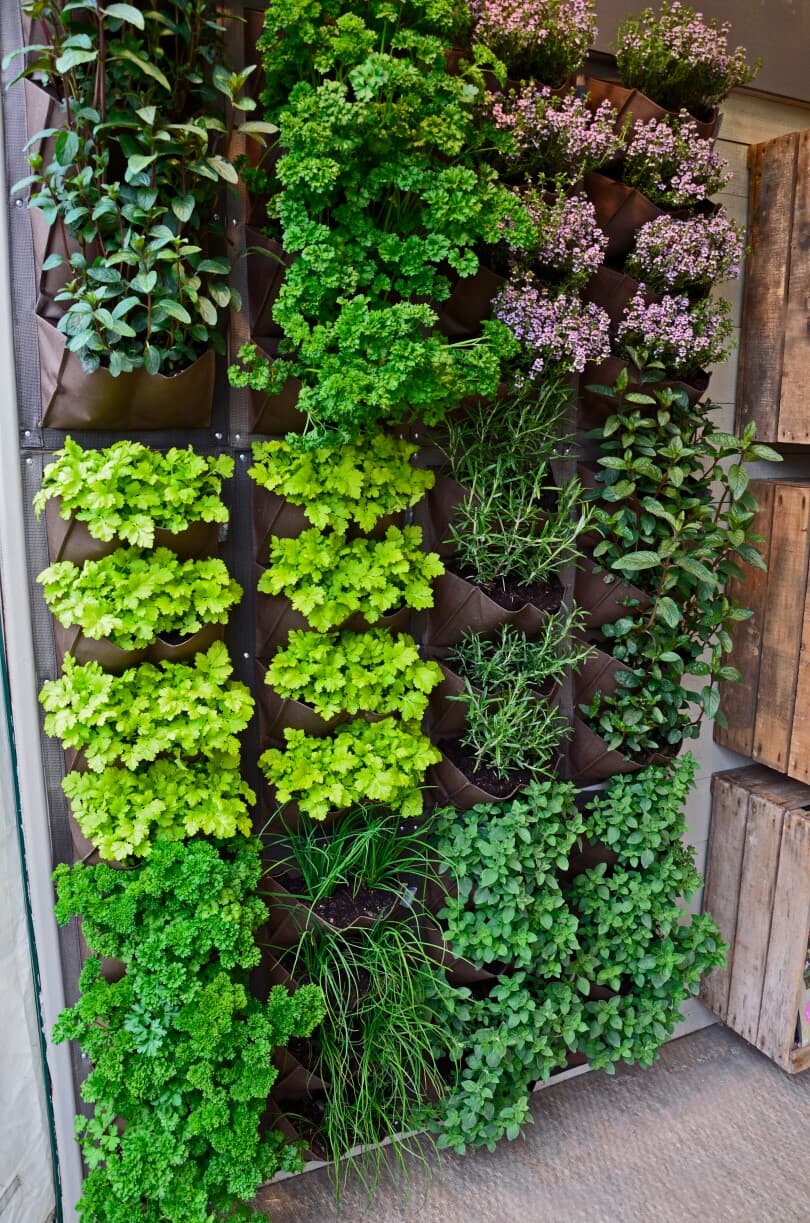
Credit: www.brookfieldresidential.com
Seasonal Planting Tips
Gardening in small spaces can be both rewarding and challenging. With the right seasonal planting tips, you can create a thriving garden throughout the year. Whether it’s spring or fall, knowing what and when to plant can make all the difference. Let’s explore some essential tips for each season to help you maximize your small garden space.
Spring Planting
Spring is the perfect time to start your small space garden. The weather is warming up, and plants are ready to grow. Here are some tips to get you started:
- Choose the right plants: Select plants that thrive in spring, such as lettuce, spinach, and peas. These are perfect for small space gardening ideas.
- Use vertical gardening: Vertical vegetable gardening in small spaces helps you maximize your garden area. You can grow beans, tomatoes, and cucumbers using trellises and supports.
- Companion planting: Planting certain plants together can help them grow better. For example, plant basil next to tomatoes to improve their growth.
Here’s a quick table of some popular spring plants and their companions:
| Plant | Companion |
|---|---|
| Tomatoes | Basil |
| Carrots | Onions |
| Spinach | Strawberries |
Refer to a gardening in small spaces book for more detailed information on companion planting and other techniques.
Fall Maintenance
Fall is the time to prepare your garden for winter. Proper maintenance ensures that your garden stays healthy and ready for the next planting season. Here are some fall maintenance tips:
- Clean up: Remove dead plants and debris from your garden. This prevents pests and diseases from overwintering.
- Mulch: Adding a layer of mulch helps protect your soil and retain moisture. Use organic mulch like straw or shredded leaves.
- Plant cover crops: Cover crops, like clover or rye, improve soil health. They also prevent erosion and add nutrients to the soil.
Here are some additional small space vegetable garden ideas for fall:
- Plant garlic: Garlic can be planted in the fall and harvested in the summer. It’s a great way to maximize small garden space.
- Use containers: If you don’t have much ground space, use pots and containers. This method is flexible and allows you to move plants around easily.
Fall maintenance is crucial for a successful garden. Taking the time to care for your garden now will lead to a bountiful harvest next season.
Frequently Asked Questions
How Do I Start A Small Space Garden?
Start by choosing the right containers and plants. Use vertical space with trellises and shelves. Ensure good soil and sunlight.
What Are The Best Plants For Small Gardens?
Herbs, salad greens, and compact vegetables like cherry tomatoes and peppers are ideal. They grow well in limited spaces.
How Can I Maximize Small Garden Space?
Use vertical gardening techniques. Plant in layers using shelves or wall-mounted containers. Choose dwarf or compact plant varieties.
Can I Grow Vegetables In Small Spaces?
Yes, many vegetables like lettuce, radishes, and spinach grow well in containers. Ensure they get enough light and water.
Conclusion
Gardening in small spaces is rewarding and achievable. Use vertical gardening and container plants to maximize your area. Choose plants wisely based on light and space. With creativity and planning, even limited spaces can flourish. Start your small space gardening journey today and enjoy a lush, green sanctuary.
Content are generated with AI, fact checked by editorial team.
Hi there! My name is Aaron and I am a gardening expert from the United States. I have always had a passion for gardening and have been practicing it for years. I have gained extensive knowledge and experience in gardening.

